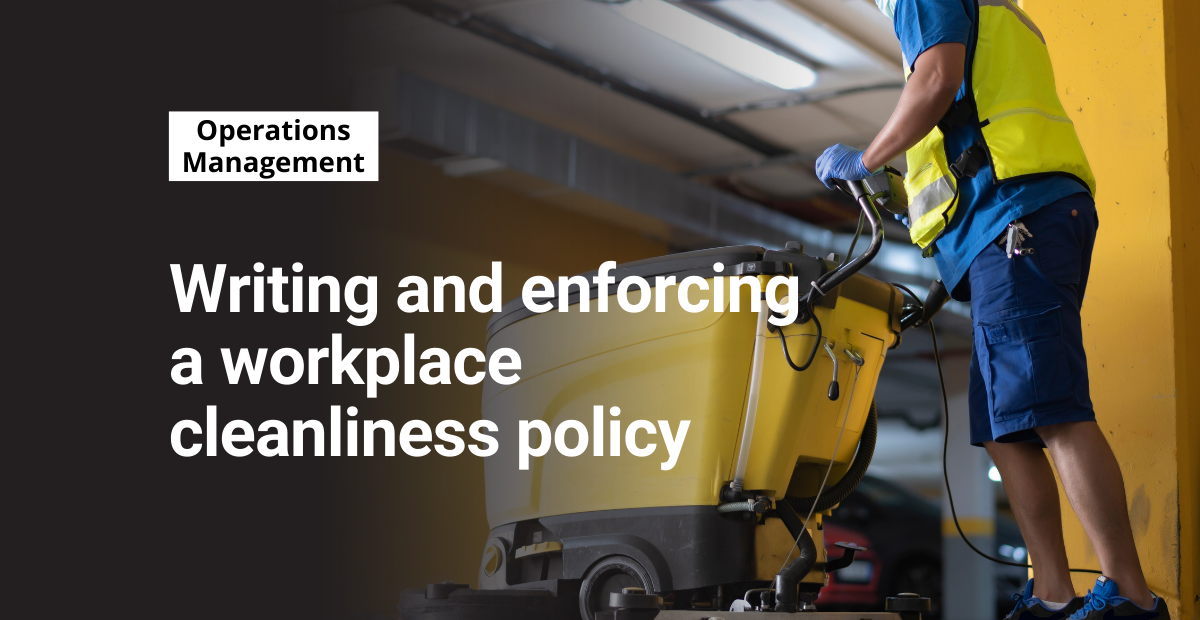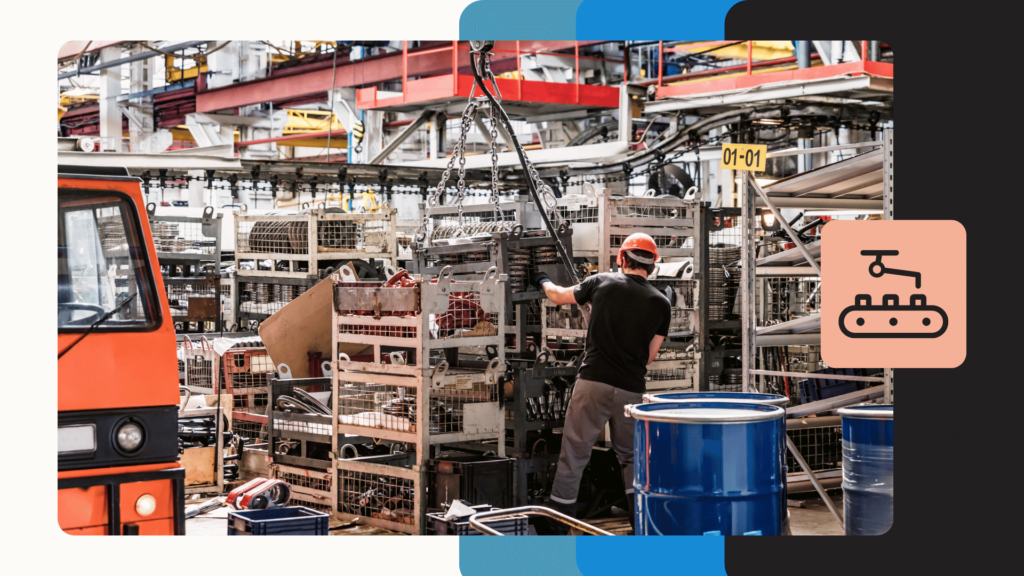Keeping a shared workspace clean is difficult but essential for avoiding safety incidents. Luckily, there are just two main ingredients you need for success: a comprehensive workplace cleanliness policy and a strategy for enforcing it.
Writing a workplace cleanliness policy
Getting started with the writing process is the hardest part of enacting a new policy. Since these guidelines impact how workers manage their workspaces, you need to take the time to ensure they’re realistic.
In other words, don’t set a standard that will overcomplicate your workers’ tasks or that will be extremely difficult to enforce.
In general, a well-written policy:
- Defines a “clean” workspace
- Establishes clear expectations for cleaning
- Outlines consequences for failure to comply
- Sets a standardized process for enforcing expectations
As always, you need to ensure that the verbiage in your policy is very clear.
For example, you don’t want to write “employees are required to keep their workstations clean.”
Instead, you want to include specific details about how you expect them to keep their stations organized:
“Employees must ensure that all tools and materials are put away according to the established 5S protocol before clocking out at the end of the day.”
And with that extra clarity comes the responsibility of setting your workers up to succeed. This means verifying that all stations have the 5S protocol posted and that workers actually can follow it.
Enforcing your policies
If you’ve written a comprehensive and realistic policy, enforcing it should be relatively easy. That’s because your verbiage will spell out exactly what you will do when a violation occurs.
A great approach is to have a hierarchy of consequences for repeat violations. Start with verbal warnings and progress to documented disciplinary action, all the way through to termination. That way, you can give workers feedback that helps them improve while also asserting the importance of keeping the facility clean.
At the same time, you want to implement an audit system to make sure that the workplace is organized in a way that makes cleaning easy. Delegate this task to floor managers who are most likely to regularly walk through each department.
Preventing violations
One way to avoid violations in the first place is through your initial onboarding process. Training materials should teach workers about how their cleaning habits impact their personal safety.
In the same vein, new hires should learn right away what the cleanliness policy is, that way they can form good habits at the beginning of their tenure. After all, replacing bad habits is harder than forming good ones.
Make sure you provide new hires with examples of policy violations as well. Having a clear idea of what does and does not constitute a violation makes the policy more black and white, making it easier to enforce in the long run.




